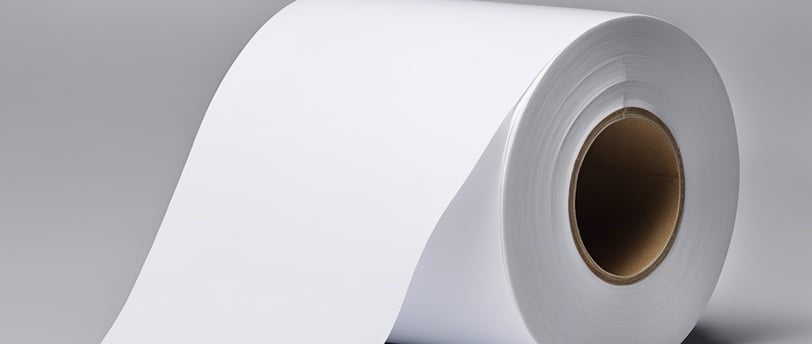Unveiling the Production Process of Adhesive Film Factories
12/3/20242 min read


Introduction to Adhesive Film Production
Adhesive films are increasingly becoming integral in various industries, including packaging, automotive, and construction. These films are recognized for their versatility and supreme bonding capabilities, which lead to their widespread application. In this article, we will delve into the intricate production process of adhesive film factories, highlighting the key stages and technologies involved in crafting these essential materials.
Raw Materials and Initial Preparations
The journey of adhesive film production begins with the procurement of high-quality raw materials. The primary components include polymer resins, adhesives, and additives that enhance the film's performance characteristics. Factories typically focus on sourcing materials that meet specific regulatory and quality standards, ensuring a consistent production output.
Once the materials are acquired, they undergo rigorous quality checks. The initial preparations include mixing the resins and adhesives in controlled environments to attain the desired chemical properties. This blending process is critical, as it dictates the adhesive film's effectiveness and durability.
The Film Extrusion Process
The film extrusion phase is a cornerstone of the adhesive film production process. Here, the premixed materials are heated until they reach a molten state. They are then forced through a die that shapes them into thin sheets. This stage requires precise temperature and pressure control to achieve uniform thickness and excellent mechanical properties.
After the film is extruded, it is cooled rapidly to maintain its shape and structural integrity. Many factories employ advanced techniques, such as water cooling or air cooling, to enhance the film's properties after extrusion. This cooling process is followed by winding the film into rolls, ready for the next stages of production.
Finishing and Quality Assurance
After the initial production, the adhesive films undergo several finishing processes, including coating, laminating, and printing. Coating involves applying a specific layer of adhesive that optimizes the functionality of the film. Laminating enhances the film's robustness by sandwiching it between layers of additional protective materials.
Quality assurance is a crucial final step in the production process. Factories utilize various testing methods to assess adhesion strength, flexibility, and environmental resistance. These evaluations ensure that only top-notch films reach the market, meeting the demands of various applications.
Conclusion
Understanding the production process of adhesive films unveils the complexity and sophistication involved in crafting these essential materials. From raw material selection to quality assurance, each stage plays a pivotal role in delivering high-performance adhesive films. As industries continue to evolve, adhesive film production will likely adapt and innovate, reinforcing its importance across various sectors.
